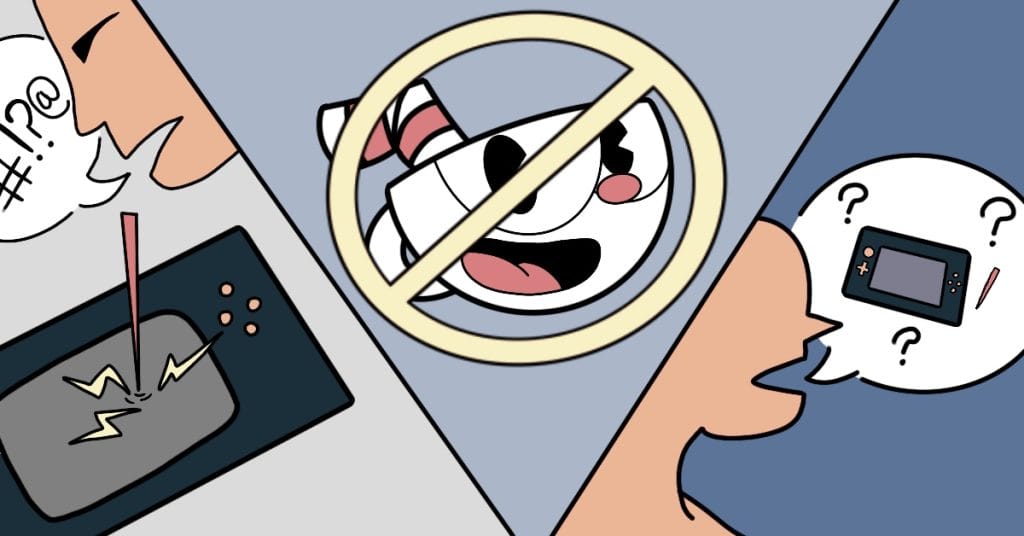The Nintendo Switch has quickly become one of the most commercially successful home consoles in the industry.
The range of games available to play and the innovative design of the console cemented it as a fan favorite, and its monumental sales record makes it second only to the Nintendo Wii in terms of units sold. Both the Wii and the Switch stand out as groundbreaking consoles of the 2000s, and their success led in no small part to Nintendo’s role as a gaming giant.
But between the release of the Wii and the Switch, Nintendo released another console, one that would be outshone by both its predecessor and its successor. The Wii U, released in 2012, never achieved the success of either of its siblings.
And yet, when you compare the Wii U to the Switch, it’s clear the two have much in common. From similar design choices to the mechanics of the games released for them, the Wii U seems to have inspired much of what the Switch did right. Why, then, were the consoles received so differently by Nintendo fans?
With the newest Nintendo console, the “Switch 2,” recently announced, it’s pertinent to take a look back at this failed console to see why the Wii U’s sales went the way they did. And possibly, how future Nintendo projects may actually benefit from walking in its footsteps.
The Gamepad
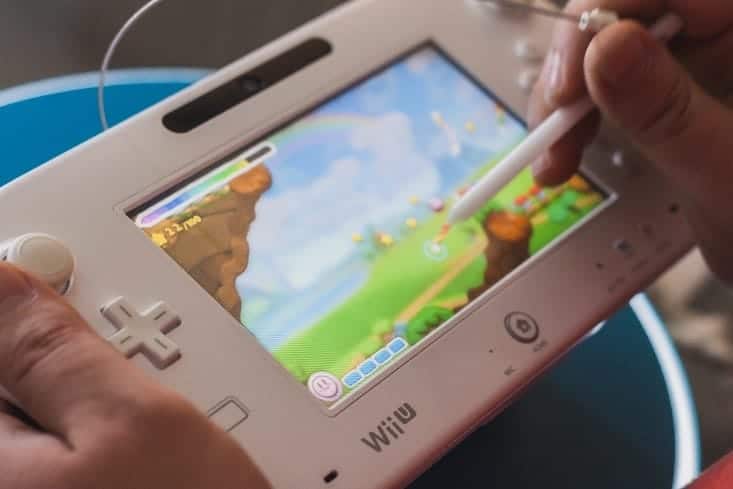
The most obvious design influence the Wii U had on the switch was the implementation of the gamepad, a handheld device that acts as both a screen and controller. The Wii U was hardly the first console to use such a design.
The PlayStation Portable came out in 2005, after all, before even the Wii. But the Wii U took advantage of the way that players would use both the gamepad screen and tv screen for different elements of certain games, since it was a home console.
Some multiplayer options the Wii U offered, such as “Nintendo Land” which often came with the console, required one player to use only the gamepad screen to control their character while other players operated using only the tv screen.
Other games used the Wii U’s gamepad in a way similar to the Nintendo DS with its dual screen functionality, with some player information constantly displayed on the smaller handheld screen.
But for all these innovations on the idea of a gamepad, the Wii U still ran into the problem that many handheld gamepads did: the clunkiness of actually using it.
The pad’s controls were located to either side of and under the screen, spaced out on large plastic sections of the device that made holding it somewhat awkward. The pad’s sheer size made it difficult to control fluidly, and since the screen often required touchscreen interaction, the player would constantly have to readjust the way they were holding it.
What did the Switch do differently?
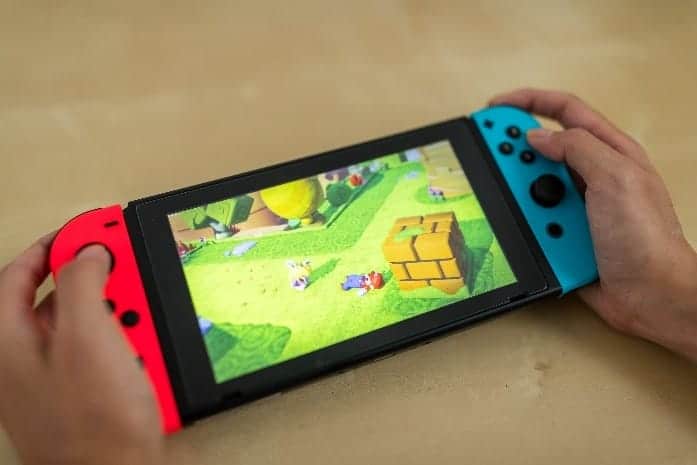
The Switch may look similar, but in practice it works much better. The gamepad itself is both lighter and easier to hold, with buttons spaced in a way that allows for easy handling. Some of the harder-to-use functions of the Wii U gamepad, such as the touchscreen, are less emphasized by the games on it.
And, perhaps most importantly, the controllers are detachable. The player doesn’t need to hold the whole device to use its screen; rather, they can prop up the touchscreen section and hold the sides, called “joycons,” separately.
And this only addresses the changes in the physical design of the gamepad, not even taking into account the new portability features. The Wii U gamepad could only be used in conjunction with the home console. The Switch gamepad is the console, and can be transported with ease, making the onboard screen and controls more useful and less of a gimmick.
The Games
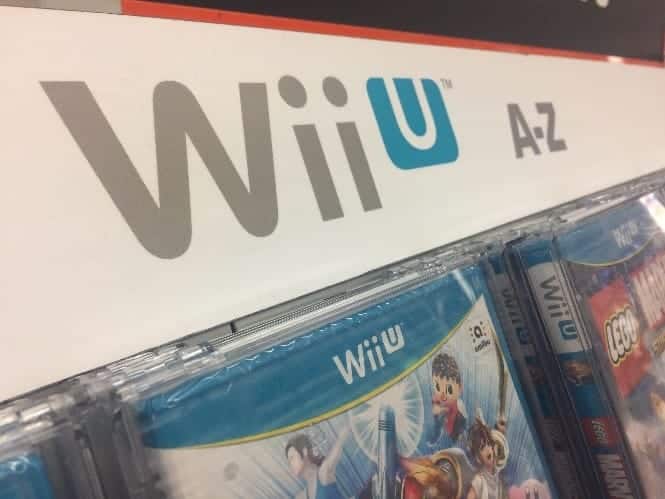
Of course, one big decision that held the Wii U back was not supporting third-party or indie games. The console could only really be used to play Nintendo franchise games due to technical limitations, and while games from the Wii were often compatible with the new console, few new games were introduced for it outside of Nintendo’s own properties.
This drastically limited the amount of content users had to engage with, and while it may seem like an obvious hit to the console’s marketability in hindsight, it’s actually understandable why they did this.
The idea was that games on the Wii U should be designed with the gamepad in mind, with mechanics and UI features that highlighted the design. Nintendo could design their new games with the goal of players using the Wii U exclusively to play them.
Not only would this illustrate the innovation of the handheld gamepad, but it would also mean that people who wanted to play Nintendo’s new games had to buy the Wii U. Thus, third-party game developers didn’t develop their properties for use on the Wii U, instead making games optimal for the PC or the more traditionally-designed Microsoft and Sony consoles.
Both rival companies put out highly successful consoles within a year of the Wii U’s release, the Xbox One and the PS4. On top of having better processing power and higher graphics capabilities than the Wii U, these consoles stuck mainly to established console designs (with the exception of the PS4’s touchpad). Third-party gaming developers stood to gain more by developing their games for those consoles than adhering to the restrictions the Wii U required.
Third-Party Game Inclusion
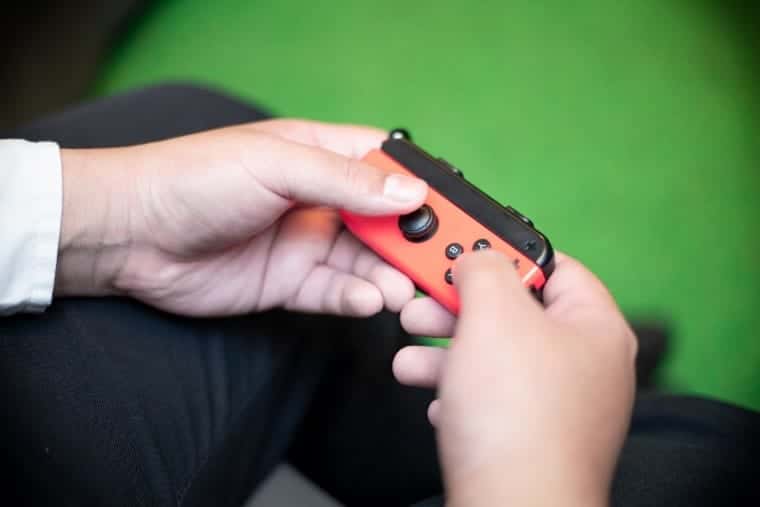
In sharp contrast, the Switch was built with third-party games in mind, able to accommodate a wide range of software and platforms. The console had the processing capability to support many games outside of Nintendo’s own franchises, and while its graphics capabilities were still behind the Microsoft and Sony consoles it was competing with, many indie game developers with small teams were still able to use the Switch as a platform for their projects.
The Switch could just as easily have gone the route of the Wii U, playing into the novelty of their design and focusing on games that made use of the gamepad.
But Nintendo seemingly learned from the failure of this approach and chose instead to cast a wide net, boasting more third-party support than their consoles had for decades. They made sure to play this fact up in their marketing, as well, with commercials and ads that highlighted the games one could play on the Switch that fell outside Nintendo’s own wheelhouse.
Advertising Also Played a Role
Of course, the Switch succeeded for reasons beyond those the Wii U inspired. Their advertising for the console was far more widespread and successful, highlighting the transportability of the gamepad and the third-party games it supported.
The Wii U received weak advertising in comparison, in addition to competing with much more popular consoles. The Switch came out three years before the next generation of Microsoft and Sony consoles would, meaning it had a large window where it was the newest console on the market.
And Nintendo’s other new project, Amiibo, no doubt influenced the success of the Switch. The figurines of Nintendo characters, which could be used to gain extra content in Nintendo games, were first introduced in 2014, two years after the Wii U but three before the Switch.
The project already had legs underneath it by the time the Switch released and Nintendo was able to make content with the figurines in mind. The Wii U allowed for use of the Amiibo, of course, but the awkward timing of their release dates made them less popular with the old console.
What is Next for Nintendo?
All this being said, it’s safe to say that the Wii U was an ambitious but ultimately flawed project. The Switch took its best features and ran with them, leaving behind the clunkiness and abandoning the bad marketing decisions.
The “Switch 2” seems to draw largely on the design of the Switch, just as the Wii U pulled on the ideas of the Wii before it. Not much is yet known about the specific ways the new console with adapt the design of its predecessor, but we can hope that Nintendo remembers the lessons of their failed past projects and continues to improve.


